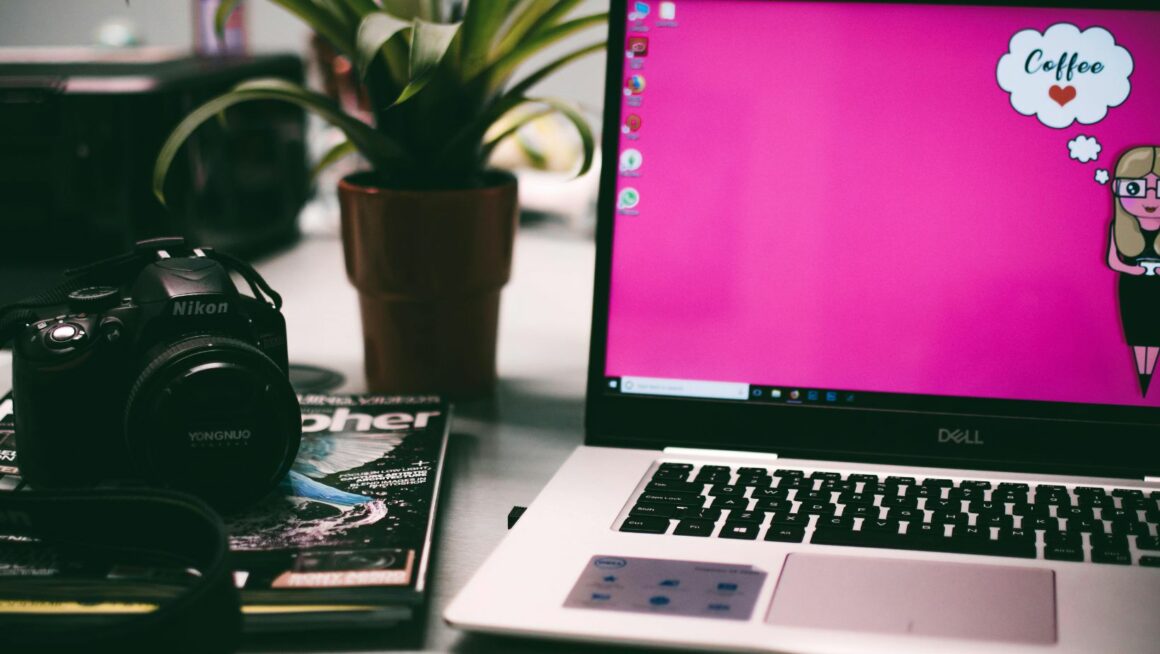In today’s market, the difference between being noticed and being overlooked can hinge on your brand’s visual identity—chief among these elements is the logo. A custom logo not only distinguishes your brand from countless others but also embeds your company’s essence in the minds of consumers. It’s not just a symbol; it’s a crucial component of your branding strategy, acting as a silent ambassador for your company. This section will explore why investing in a custom logo design is essential for any business aiming to discover its niche in a competitive landscape.
Understanding the Role of Custom Logos in Branding
A custom logo serves as the face of a brand, often being the first point of customer interaction. It is pivotal in setting the tone for all subsequent customer interactions. Whether it’s the whimsicality of a toy store logo or the sleek, modern look of a tech startup, the logo sets expectations and begins your brand’s story. According to Fabrik Brands, a well-crafted logo communicates everything from the company’s background to its mission through the right icon or proper font. Meanwhile, Inkbot Design highlights that effective logos profoundly impact brand recognition and customer recall. They make brands memorable and can significantly influence customer decision-making, proving that a thoughtful logo is not just art—it’s a strategic business tool.
Designing Your Custom Logo
When embarking on the journey to design your custom logo, the goal is to create something simple yet unforgettable. According to CreativeBits, the secret sauce behind many successful fast-food logos isn’t just in their eye-catching colors, simplicity, and memorability. Think of the golden arches of McDonald’s or the red and white of KFC; these logos are instantly recognizable worldwide. They use straightforward imagery that communicates their brand’s essence without any clutter.
Choosing the right colors and typography is equally crucial, as these elements play a significant role in conveying your brand’s values and appealing to your target audience. Colors can evoke emotions—blue can instill a sense of trust and stability, while red might energize and excite. On the other hand, typography affects the readability and personality of the logo. For instance, a tech company might opt for a clean, sans-serif font to communicate modernity and innovation. CreativeBits emphasizes the importance of these choices, as they contribute directly to how consumers perceive your brand.
Additionally, a logo’s versatility is key. It should adapt well across mediums and marketing materials, from tiny app icons to massive billboards, without losing its essence. This adaptability ensures that the logo can grow with the brand and remain effective in various contexts, be it digital or print.
Differentiation through Design
Differentiating your logo through unique design elements can set your brand apart in a saturated market. Inkbot Design suggests leveraging distinct design features that capture the unique aspects of your brand’s identity. For example, Amazon’s logo has a subtle arrow pointing from A to Z, symbolizing the extensive range of products they offer and the satisfaction of their customers, which makes it stand out.
Looking at successful brands, their creative logo design and branding strategies often tell a story that resonates with consumers. Inkbot Design highlights how Apple uses its bitten apple logo to symbolize knowledge and innovation, setting itself apart in the technology industry. By embedding such unique elements, these brands not only differentiate themselves but also create a strong visual association in the minds of their consumers.
Incorporating Brand Values and Personality
A logo is more than just a piece of art; it’s a storytelling tool that encapsulates the ethos of your brand. Inkbot Design emphasizes infusing your brand’s values and personality into your logo.
This strategic inclusion helps foster a strong emotional connection with your customers. For instance, a logo designed with warm colors and a friendly font can evoke a sense of comfort and approachability, which is ideal for a family-oriented service. By aligning your logo with your brand’s core values, you not only enhance recognition but also deepen customer loyalty through emotional engagement.
Leveraging Technology and Innovation in Logo Design
The evolution of design tools and technology has opened up new avenues for creativity in logo design. Modern software allows designers to experiment with complex shapes and color gradients that were difficult to achieve in the past. For those looking to tap into these advanced capabilities without the steep learning curve, Adobe Express offers a sophisticated yet accessible free logo maker online. This tool enables both novices and seasoned designers to craft dynamic logos that resonate with their brand’s identity.
Furthermore, incorporating interactive elements or animations can take a logo to the next level of engagement. GraphicSprings points out that an animated logo can capture attention quickly, making it memorable. These dynamic logos are particularly effective in digital contexts, where motion can be used to tell a story or highlight key aspects of the brand.
By embracing these innovative tools, businesses can create logos that are not only visually appealing but also deeply integrated with the brand’s narrative, ensuring they stand out in a competitive market.
Conclusion
In a world where brands fight for attention, a custom logo acts as a beacon. It marks your presence in the market and communicates your unique story and values. Investing in a well-designed, thoughtful logo is not an expense but a long-term asset that sets the foundation for your brand’s identity and differentiation. Encourage your business to embrace this creative journey, leveraging tradition and innovation to craft a logo that stands out.



